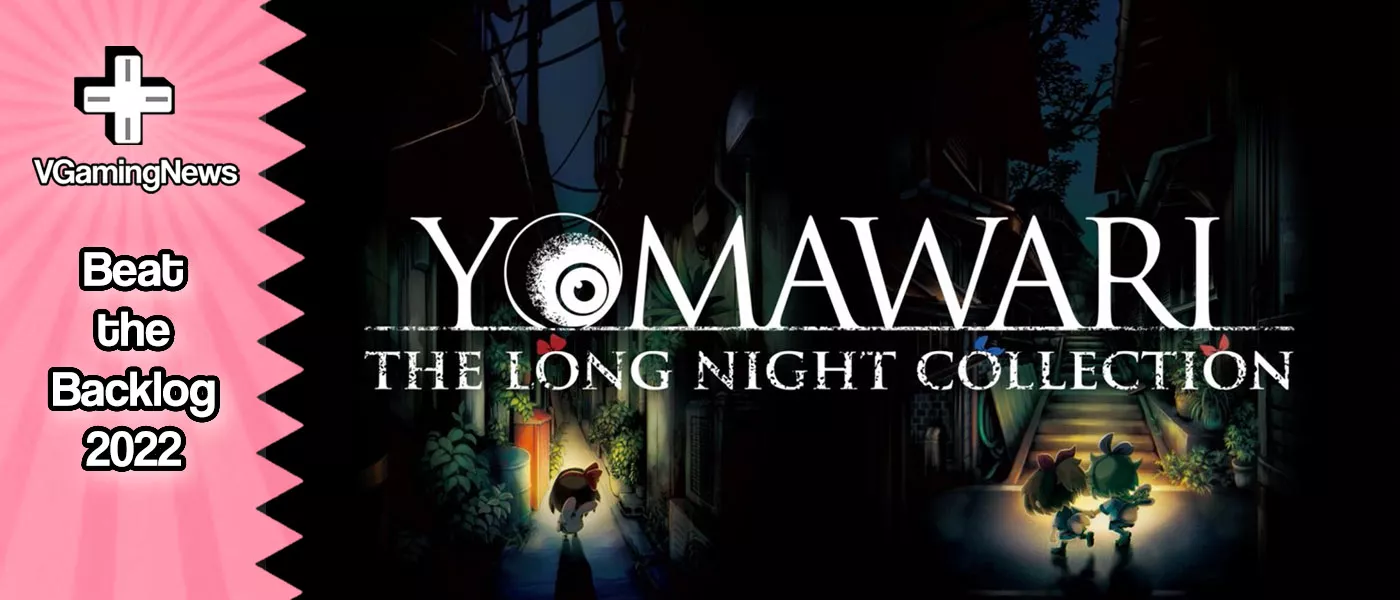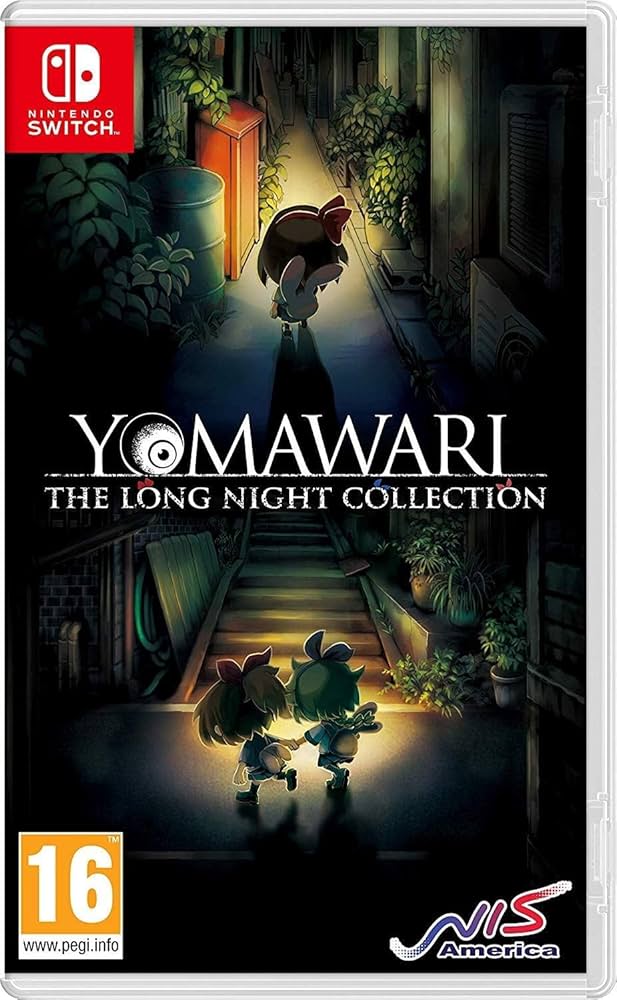I vowed that 2022 would be the year that I finally got my teeth stuck into my horde of Nintendo Switch games via my Beat the Backlog feature, but… that hasn’t gone entirely according to plan. A barrage of incredible review opportunities has waylaid me, and until the kind folks at Nippon Ichi Software sent us an invite to review their upcoming survival horror, Yomawari: Lost in the Dark, I was entirely in the weeds. But reading the title of their upcoming release stirred a memory… I had the first two games in the series in my backlog! Keen to get back on the horse in readiness for the third entry in the franchise, I fired up Yomawari: The Long Night Collection to smash through the first two!
Yomawari: The Long Night Collection piqued my interest for a couple of reasons. Firstly, I’m a big fan of the survival horror genre (enjoying many a midnight play-through of the Silent Hill and Resident Evil games), and secondly, I loved the art style shown off in the eShop screenshots. It didn’t hurt that the package contained both Yomawari: Night Alone and the sequel, Yomawari: Midnight Shadows either, as I love to run a series of games together back-to-back. But because I’m such a cheapskate, the double-pack stayed on my wishlist for a while, until I finally snapped it up at less than half price as a birthday gift last year, courtesy of a Switch eShop voucher from my beloved.
First impressions of Night Alone are incredibly strong – in fact, the introduction hits you like a truck! You’re introduced to the nameless schoolgirl protagonist who’s walking home with her dog, Poro, when tragedy strikes. Shell-shocked and confused, the girl makes it home before her elder sister offers to go out and look for the lost dog. After waiting hours for her sister, and with no sign of her return, the young girl heads out into the night. Hoping to track down her sibling, she quickly finds that something is seriously wrong with the town.
The world is depicted in an isometric view, on a canvas of pre-rendered environments that are incredibly attractive. The town is drawn with a beautiful level of detail, and with a deep and dingy palette that underlines the horrific nature of the setting and story. The town feels wonderfully authentic, with distinct districts showing off individual styles while also displaying a tight, cohesive style. The character and monster sprites are also nicely drawn, though their more anime-style does jar with the classic painted backgrounds more than a little.
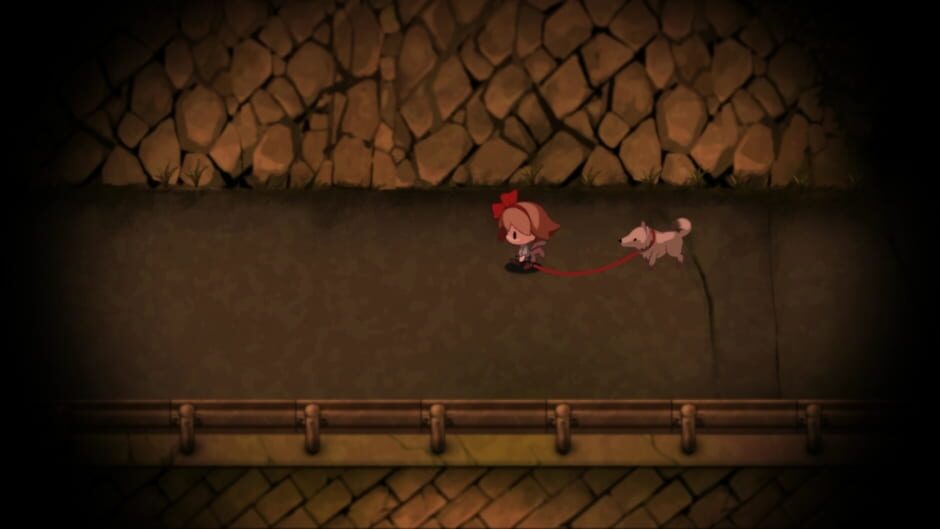
While there’s limited background music throughout, an impressive array of ambient sounds pulls you into the world and creates a level of immersion that I hadn’t expected at first glance. Every echoing footstep, clattering gate, and a gust of wind whipping through the fields adds something to the experience, and the sound design deserves as much praise as the background visuals for sure.
The experience, sadly, isn’t half as impressive as the visuals or sound, and Night Alone leans much more on its offer of exploration than it does on actual hands-on gameplay. Armed with nothing but a flashlight, you’ll have to help the girl dodge the horrors of the sprawling town as she investigates her sister’s disappearance, and that proves more frustrating than you’d expect.
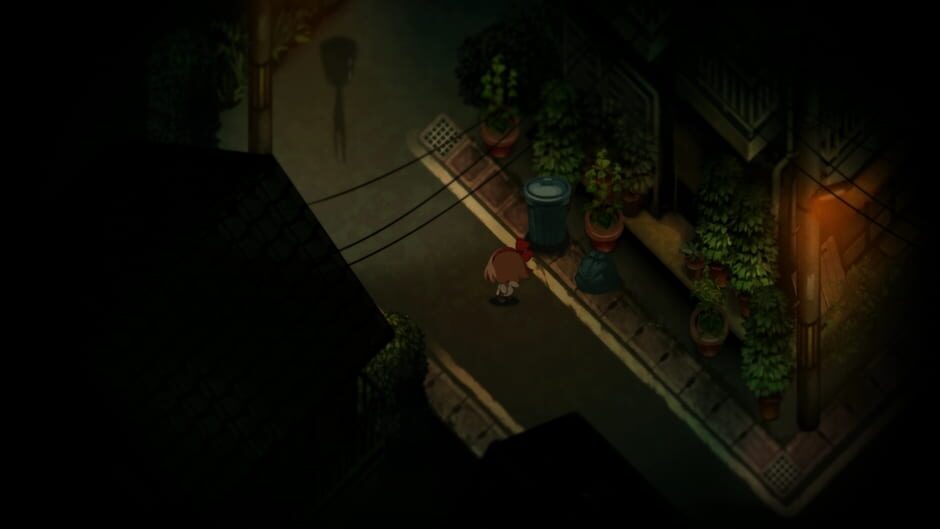
Many of the ghosts in Night Alone are invisible unless you shine the flashlight on them, which is a cool idea until you realise that you can only point your flashlight in a front-facing 180-degree arc and the ghosts then disappear from view as you turn tail and run. This means that you end up running away from enemies that you can’t see, and the only way to get an idea of your progress is to… stop and turn around, which is obviously more than a little counterintuitive. The game does give you a heartbeat sound effect that acts like a proximity sensor for the ghosts, but this doesn’t really help when you’re being assailed from all sides and you can’t see your pursuers.
The monsters who chase you through the long night are a mixed bunch, ranging from creepy and borderline disturbing to almost laugh out loud funny, which doesn’t feel like the plan. All told, there’s a pretty limited host of enemies, and they don’t exactly get to showcase themselves very often due to the aforementioned flashlight antics. That said, the ‘boss ghosts’ who haunt each area are much more stand-out, and each one feels meaningful to both the story and the town. There still isn’t a lot of gameplay around overcoming them, but they’re certainly an interesting, and well-rounded group of antagonists.

With no way for you to fight back for the majority of the game, all of the gameplay boils down to simple fetch quests, picking up assorted (and mostly meaningless) collectables, and running away bravely. While it’s fun to explore the well designed town and run into the occasional scare, evading the ghosties’ evil clutches would be more enjoyable if the whole experience felt a little quicker. Getting around and avoiding enemies can feel like running through treacle, especially with the overzealous stamina system that sees you run out of breath more quickly the closer the enemy gets to you. If you find yourself running out of steam with a monster hot on your tail, you can hide behind street signs or in bushes until they get bored and wander off. It’s a little silly that a ghost will have no idea where you’ve disappeared to just a second after being just within grasp, but I guess “you can’t see me if I can’t see you” is an effective means of escape after all.
The story, which starts off really strongly, unravels into the familiar realms of nonsensical occult happenings as the game progresses, but never so much to put me off. The ghost residing in each area of town comes with a standalone storyline that usually made good sense, though it was never especially clear how these stories joined together, or even what caused the explosion of the supernatural in town in the first place. Night Alone does bookend a weird story with some fantastic moments though, and while the ending doesn’t live up to the shocking beginning, I did feel satisfied at the end of the game.

Perhaps it was because I played the sequel immediately after the original, but there was very little to discern between Night Alone and Midnight Shadows, and only a handful of changes have been introduced.
To Nippon Ichi Software’s credit, there’s a much broader cast of enemies this time (though some of them still suffer from being slightly too amusing), and they’ve almost entirely done away with the annoying ‘can only be seen using the flashlight’ mechanic that made the chases so annoying in the original. That said, almost everything else has stayed the same between the two entries, with most of the assets returning, along with the sluggish play style and lack of hands-on action. The story too is very similar, only this time, instead of searching for your lost sister and being led by your lost dog, you’re searching for your lost friend and are following her canine companion for help.
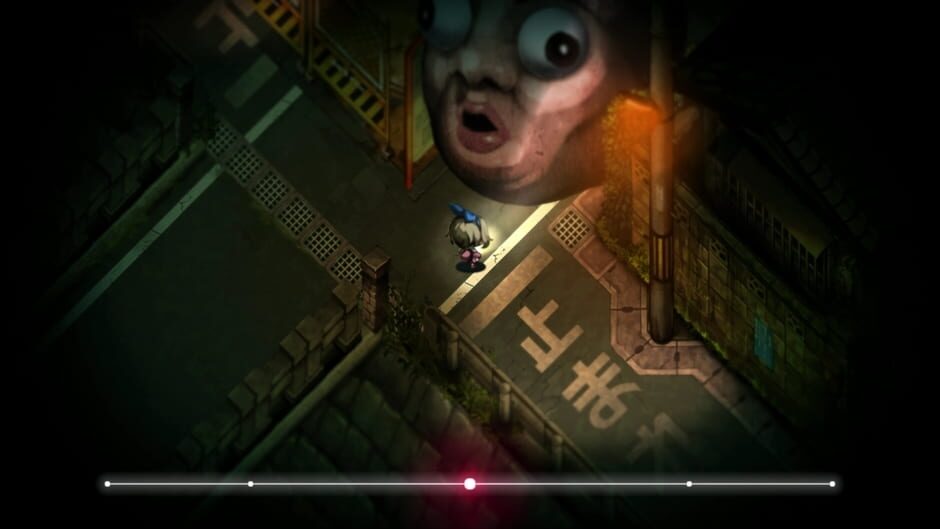
In Midnight Shadows you take on the role of Haru, a girl who loses contact with her best friend, Yui, after a summer fireworks festival, and scours her town in an attempt to find her. In a nice twist, you take control of Yui in the prologue to each chapter, giving you an idea of the peril she is in before seeking her out and expelling the evil from the area as Haru.
Midnight Shadows somehow manages to hold your hand far too much and not at all at the same time, which is an impressive feat. It feels like there were a lot more cutscenes in this second entry, and with most of them consisting of Haru staring at Yui’s dog in silence before he runs in the direction of your destination, I could have done without most of them. The plotline to the sequel is as amorphous as the first, and though the script is significantly less compelling, there are a handful of brilliant and well-scripted scares this time around that far outdo anything from the initial title.
Midnight Shadows feels almost like a movie reboot – there was a tonne of familiar elements along with a smattering of new ones, and everything felt like it had been done before. Again, maybe it’s because I played Midnight Shadows immediately after playing Night Alone, but the sequel felt a couple of hours too long, and I was a little fed up by the time the end credits rolled.
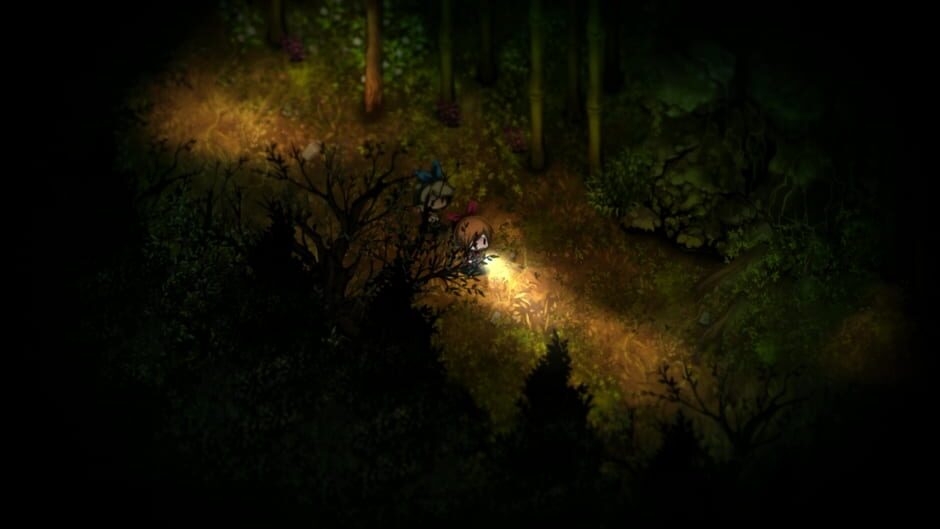

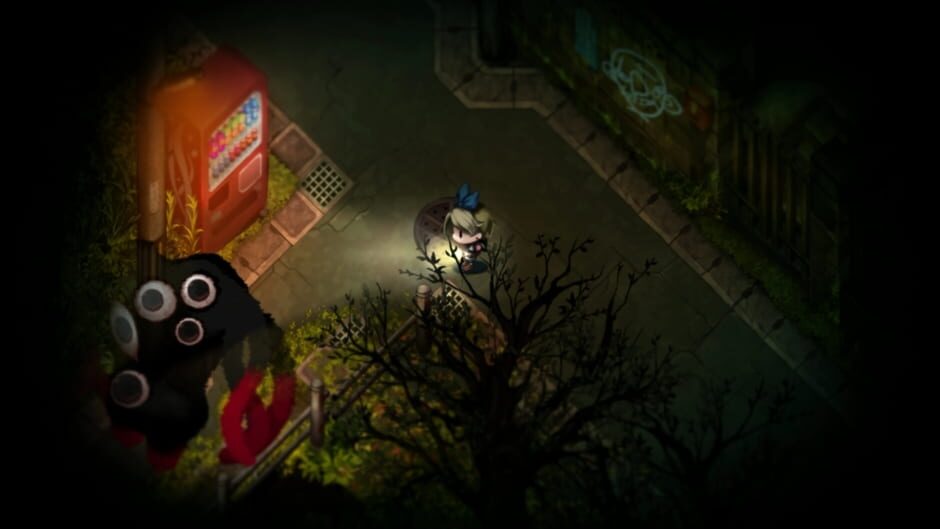

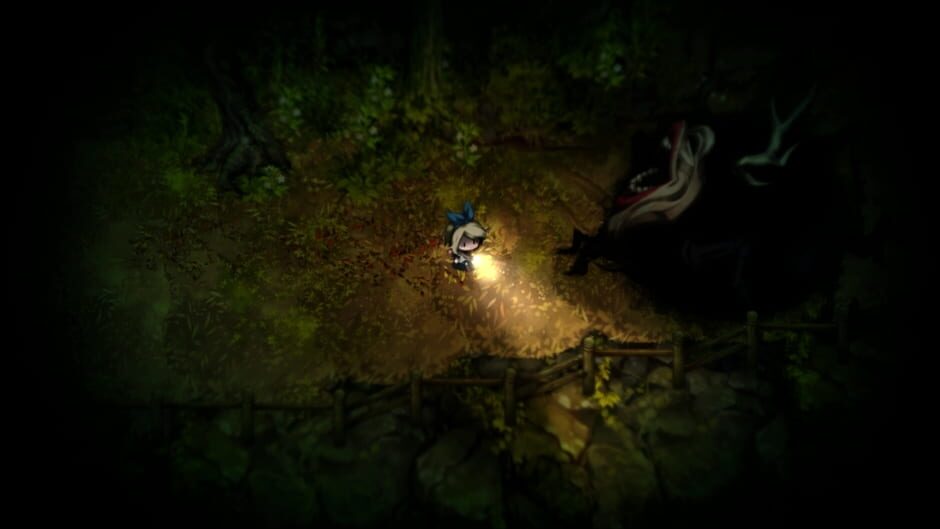

Yomawari: The Long Night Collection is an attractive but ultimately long-winded experience. The hand-drawn backgrounds are beautiful and, alongside the impressive sound effects, manage to build a wonderful level of immersion in the static environments. But with no combat to speak of and very little actual action, you’re forced only to run away from the host of spectres at an achingly slow pace. Stumbling through two disjointed stories is slow going since they hang on just a few scattered, but admittedly fun scares without much other meat on the bone.


